’What is the life of a woman?’: Nadège Vanhée on a decade of womenswear at Hermès
For the past ten years, Nadège Vanhée, head of womenswear at Hermès, has steered the French maison on a quietly rebellious path, exploring notions of contemplation, liberation and sensuality. Speaking to fashion features editor Jack Moss, she unpacks her evolution
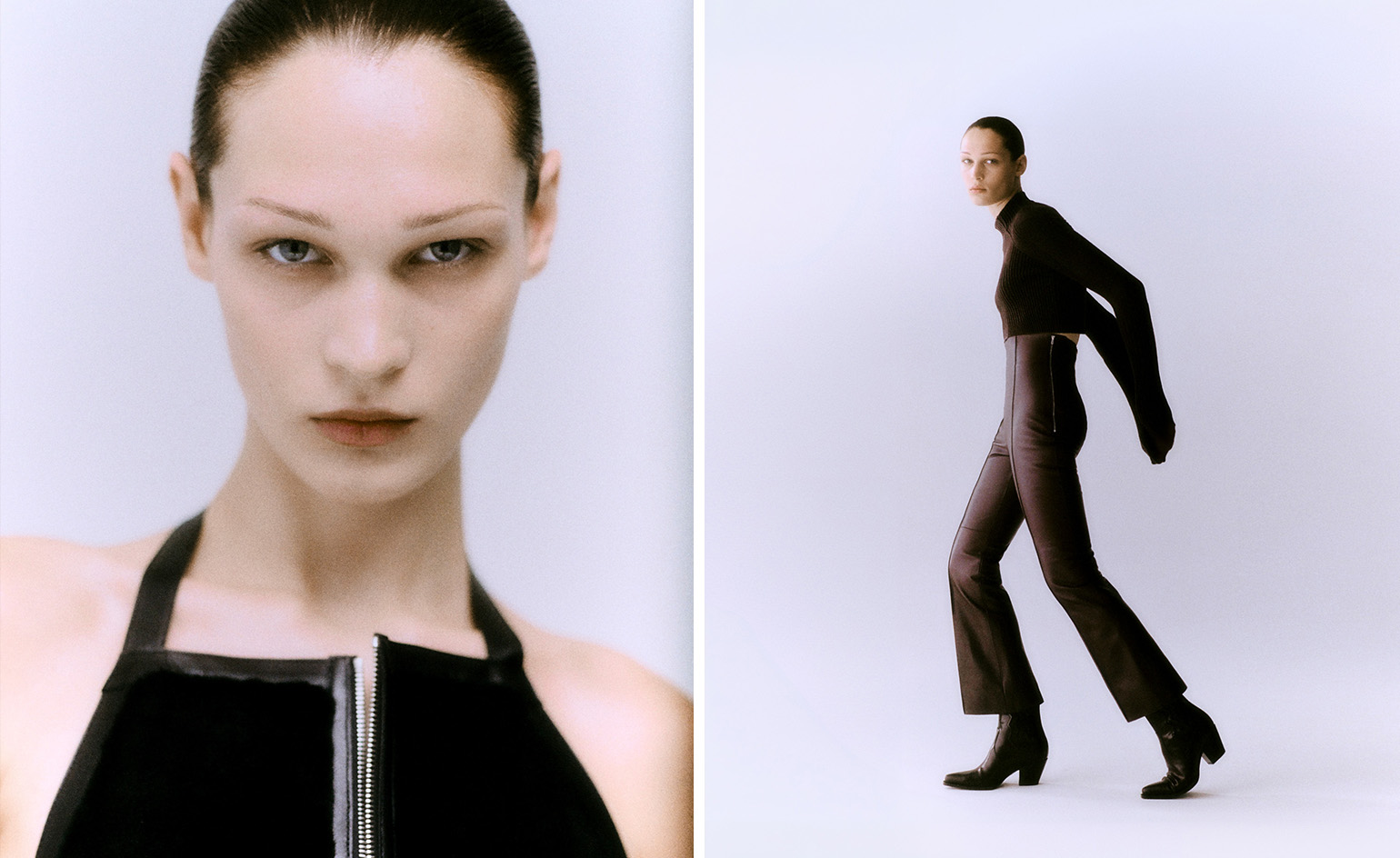
Lucrezia Ganazzoli - Photography
‘I’ve always been very exposed to this strange state of alienation,’ says Nadège Vanhée, the artistic director of Hermès’ womenswear collections. After moving to Antwerp to study at the Royal Academy of Fine Arts in her twenties – the school that had memorably birthed the Antwerp Six, among them Ann Demeulemeester, Walter Van Beirendonck and Dries Van Noten – for the next 15 years, she would largely live outside of her native France. First, there was a stint at Delvaux in Brussels, then Maison Martin Margiela in Paris, before joining Phoebe Philo at Celine in London. In 2011, she moved to New York, becoming design director at Mary-Kate and Ashley Olsen’s then-burgeoning label, The Row.
So the role at Hermès – one of France’s best-known luxury exports and an emblem of Parisian style – marked something of a homecoming for Vanhée. But, as she sits amid objects from the house’s 16 métiers (there is a ceramic dining set, trails of jewellery and, of course, plenty of handbags) in Hermès’ sunlit showroom on Rue d’Anjou, she says that she still feels like something of an outsider in her home country. She calls English her ‘sentimental creative language’. ‘I always feel like I have been floating between the two,’ she says.
Nadège Vanhée on ten years of womenswear at Hermès
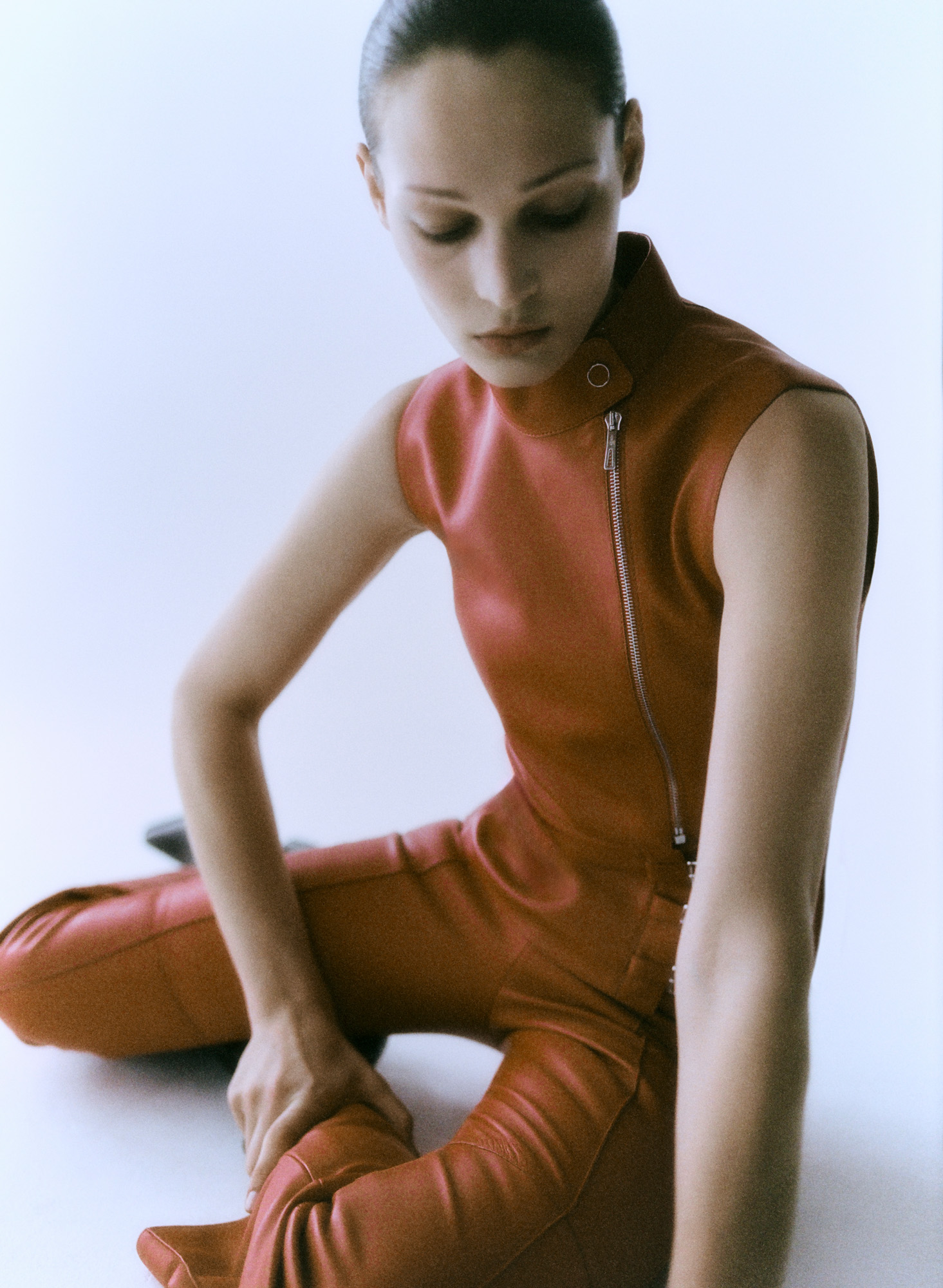
Gilet, £8,200; trousers, £7,170; boots, £1,530, all by Hermès (enquire at hermes.com)
Vanhée was still in New York when she was approached for the job in 2014, taking over from Christophe Lemaire, who had left earlier that year. ‘I felt a bit like the last French person they could have chosen,’ she says. ‘Which was really nice.’ Returning to France from the US ‘felt almost ecstatic’, though it was not always easy. ‘For the first six months, I had to realign myself with my Frenchness,’ she smiles. For his part, CEO Axel Dumas says she was the only person he approached for the job. The first time they met, they discussed Plato. She was hired not long afterwards as one of Dumas’ first major appointments (a sixth-generation member of the Hermès-Dumas family, he began his position as sole CEO earlier in 2014).
‘It’s a balance between what I love and what I want to explore – my obsessions, my feelings. What I want to wear, yes, but also pieces that go out of my comfort zone’
Nadège Vanhée
This is not to say that Vanhée is not now at home in her role, nor that she is blasé about the cultural importance of Hermès to the French populace (‘you have the king, we have Hermès’). Rather, her design philosophy is one of quiet rebellion, teasing at the edges of what the Hermès woman can be, as often only an outsider can do. In some ways, her perspective reflects a shift in the Hermès consumer, who is increasingly international and, like Vanhée, shifts between countries and cultures in their life and work. It has helped the company garner impressive sales in recent years, even as the luxury market slows, which Dumas recently credited to the ‘loyalty of our clients worldwide’ (for the first quarter of 2024, profits were €3.8m, up 13 per cent). Hermès is no longer the reserve of a closed circle of wealthy Parisian bourgeoisie.
In Vanhée’s collections, contrasts abound: sensuality and toughness, masculinity and femininity, the quotidian with intricate flights of craft. She is often deemed ‘enigmatic’, largely eschewing the spotlight, and absent from social media. Where you expect her to go in one direction, she diverts – if subtly – to another. A recent collection saw her use the craftspeople who usually make the outré feathered outfits for the Moulin Rouge dancers to create a series of pieces that appeared like horsehair. ‘They have the aesthetic of being feathers, but they also look like horsehair and are super light,’ she says. ‘I like the surprise element of Hermès.’
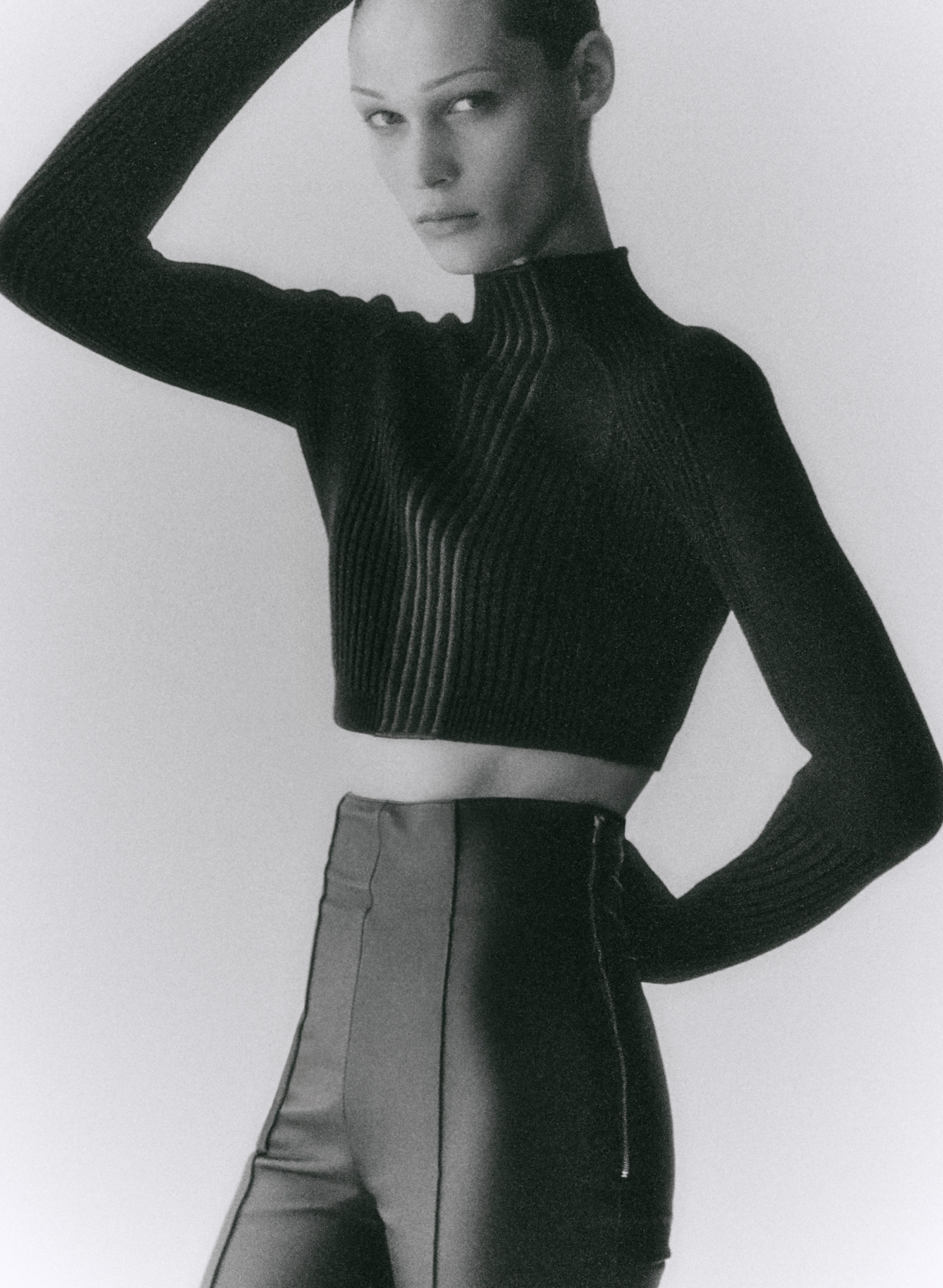
Top, £1,540; trousers, £7,170, all by Hermès (enquire at hermes.com)
As we talk, Vanhée is putting the finishing touches to a special New York show, meeting music producer Frédéric Sanchez that afternoon to finalise the soundtrack (the show later took place in June at Pier 36). It marked an opportunity for the designer to connect with the growing American market with both the show and a series of activations and events across the week. ‘New York is a place of resilience,’ says Vanhée, who notes the city retains a personal significance. ‘It gave me the chance to be who I am – without my time in Manhattan, I don’t think I would have had a chance to work with Hermès.’
The show was the second instalment (titled ‘The Second Chapter’) of the designer’s A/W24 collection, which was presented earlier this year on a wet afternoon at Paris’ Republican Guard during the city’s fashion week. Inside, the heavens had opened, too: in the darkened show space, a theatrical trick saw water pour from the ceiling and on to the runway. It marked a shift from the season prior, whereby the same space had been transformed into a brightly lit Edenic meadow, complete with undulating mounds of wildflowers and long grasses through which models wove. ‘[This time] I was really inspired by central London, like Soho. It’s very dark, [there’s] all of this black paint. And the rain,’ she smiles. ‘But I find the rain very beautiful.’
Wallpaper* Newsletter
Receive our daily digest of inspiration, escapism and design stories from around the world direct to your inbox.
The collection itself was titled ‘The Rider’, straddling inspirations from both equestrian-wear (Hermès began life as a harness maker in 1837) and motorcycle riders (‘astride a horse or a motorcycle… boldly she rides on,’ said the collection notes). ‘It was this feeling of how do you put more pepper in the Hermès woman than there already is?’ says Vanhée, who likened this season to ‘a self-portrait in a mirror’. Though, as she asserts, not of herself. ‘It’s more about a contemplation within yourself, about finding the strength within.’
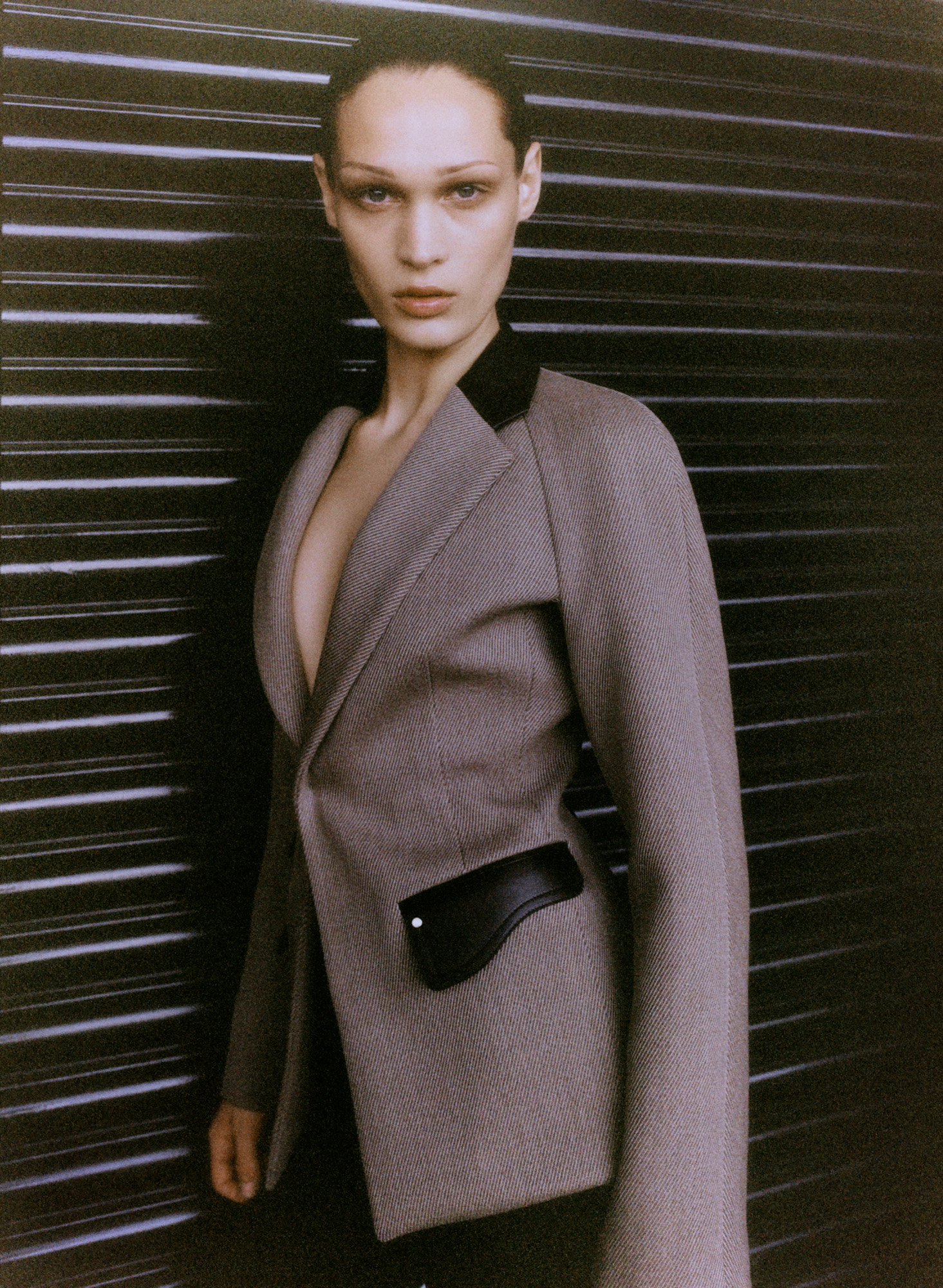
Jacket, £6,660; leggings, £8,500, all by Hermès (enquire at hermes.com)
‘I started by looking at portraits that had struck me, like those by Lucian Freud,’ she says of the collection’s nexus, noting a particular interest in ‘the different skin tones he was developing in his paintings’. ‘There’s something about the gesture of the stroke,’ she comments. ‘I was thinking: what is a portrait of a woman? Not in an academic way, but something more sensual.’ As is traditional for a Hermès collection, it started with colour (colour cards are used across the different Hermès métiers, and often begin the process of creation). For A/W24, she said her choices looked back to the ‘roots of Hermès’: étoupe greys, earthy browns and deep reds, alongside tones she had discovered in Freud’s paintings. ‘It’s really about instinct,’ she says of how she chooses the palette each season.
‘You are really connecting with the vulnerability of the person… there’s a direct touch to your skin’
Nadège Vanhée
Next comes the collection’s textures, which this season largely comprised what Vanhée describes as ‘heritage fabrics’, among them aged calfskin, corduroy and moleskin. ‘Hermès is about this notion of touch so, as a technician, you will always qualify a fabric material by its touch in the hand – we call it ‘le main’.’ Indeed, Vanhée talks about a new urgency to celebrate tactility after Covid lockdowns. ‘We were not even able to sit down and talk. So when we came out of that, I really wanted to push the sensuality. It’s this idea of redefining what is sensual or sexy through the intuition of a woman.’
And though Vanhée claims not to design clothing for herself, she admits that there is ‘a little of me’ in each collection, but also those around her (she says, gesturing at the Hermès team who join us in the showroom). ‘It’s a great balance between what I love and what I want to explore – my obsessions, my feelings. What I want to wear, yes, but also pieces that go out of my comfort zone.’ However, she admits, ‘with ‘The Rider’, I would wear every piece’. The title of the collection came from thinking about the ‘link between an individual human with a machine or an animal… the spirit of the open road’. For Vanhée, the motorcycle – or indeed, the horse – is a ‘phenomenon of freedom’. At Maison Martin Margiela, she remembered constructing trousers from the saddles of motorbikes; here, the ‘imprint’ of an equestrian saddle appeared in the construction of the back of a leather jacket.
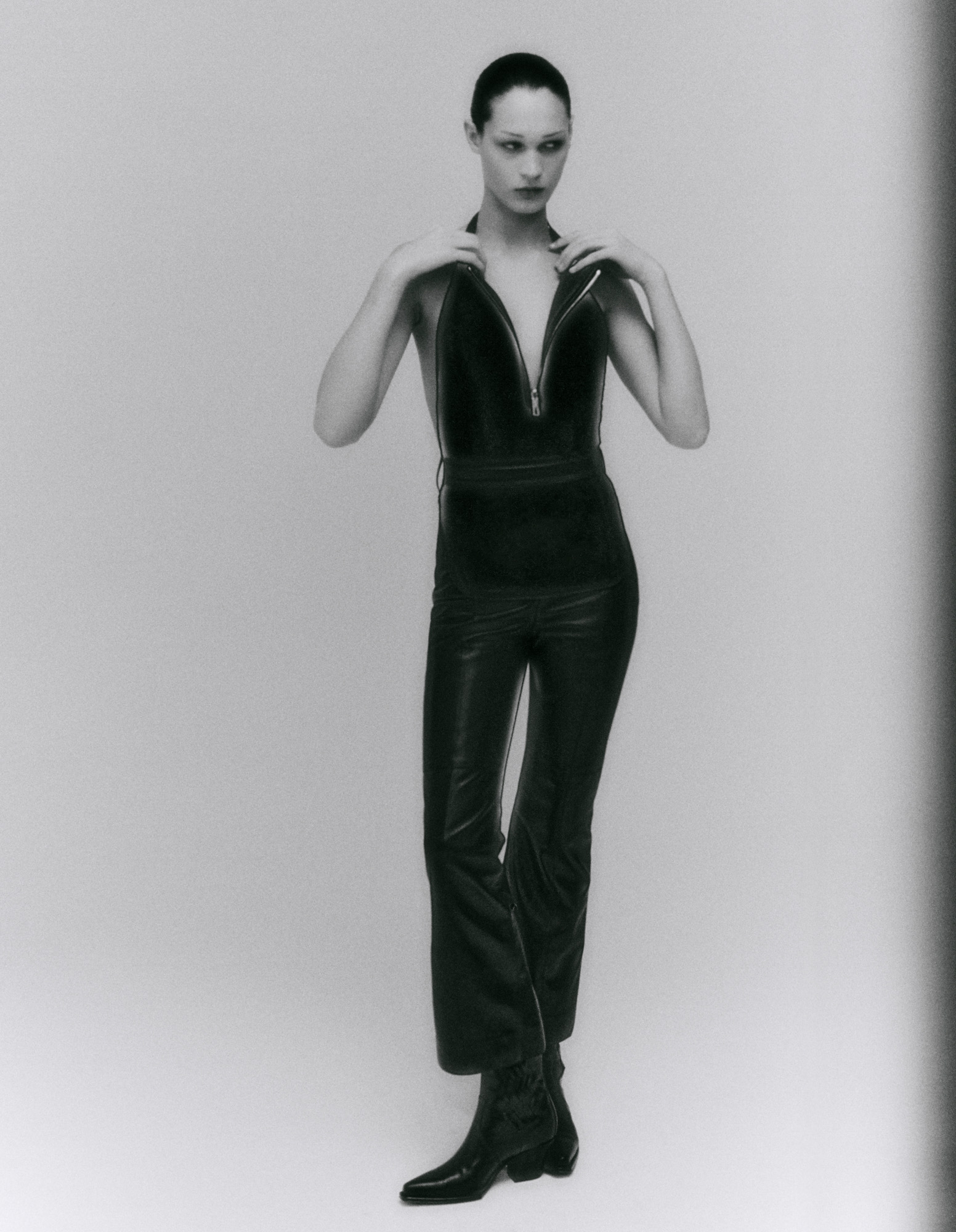
Top, £6,350; trousers, £7,170; boots, £1,530, all by Hermès (enquire at hermes.com)
The idea of telling stories, says Vanhée, is at the heart of Hermès. Tales of the house’s history will often be overheard in corridors, or passed on by the artisans who work across the house’s métiers (some of who count their time at the house in decades, not years), while each year, creative director Pierre-Alexis Dumas (the great-great-great grandson of Hermès founder Thierry Hermès) chooses a yearly theme that unites the métiers. For 2024, it is ‘The Spirit of the Faubourg’, referring to the first Hermès store at 24 Rue du Faubourg Saint-Honoré, which he calls ‘the beating heart of the house’. Previous years have been ‘Astonishing Hermès’, ‘An Odyssey’ and ‘In the Pursuit of Dreams’. ‘Hermès is a house of intelligence,’ says Vanhée. ‘It’s so based on the idea of meaning. There is also this bridge between modernity and tradition. Hermès has a capacity for assimilation; it really absorbs the changes in our lifestyles.’
The term ‘luxury’ does not resonate with Vanhée. Instead, she sees what Hermès does as ‘a preservation of quality’. She wants to create a uniform to ‘protect against the erosion of life’. Clothes, for her, are ‘a portal to create an identity’, a tool of self-definition that has followed her from her teenage years when she would dress up in her mother’s old clothing and pieces that she found in secondhand stores. ‘In the 1990s, there was this total emancipation from the question: is it beautiful, is it not beautiful? I was in the right place at the right time. I could open myself up.’
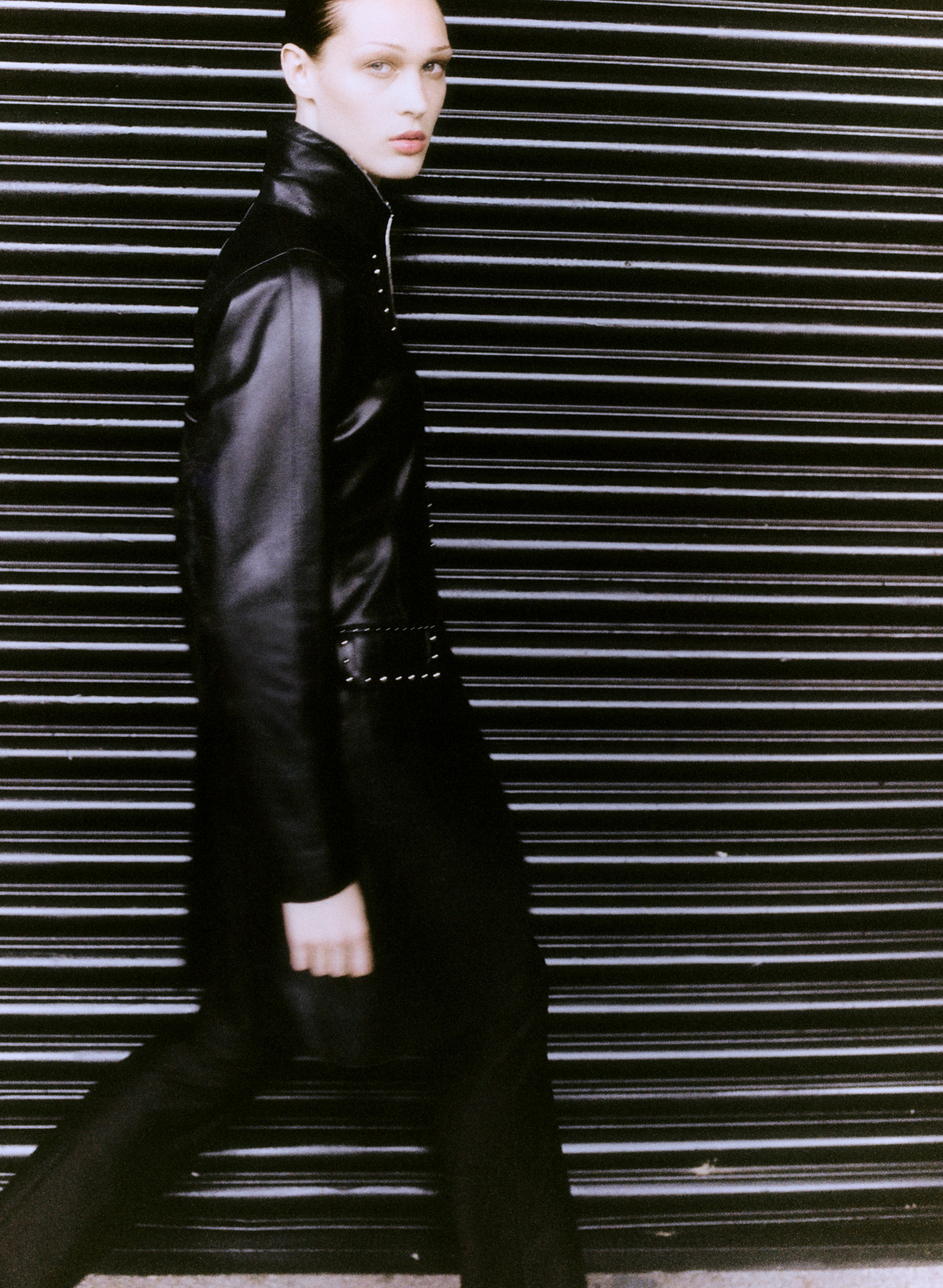
Jacket, £16,390; trousers, £1,440, all by Hermès (enquire at hermes.com)
Now, she hopes that her collections at Hermès can have a similarly liberating effect on their wearer. ‘You are really connecting with the vulnerability of the person… there’s a direct touch to your skin,’ says Vanhée. ‘The people who wear my collections have different psychologies, different personalities,’ she continues, noting that she would never dictate how an item of clothing is worn. She likes to see women smiling. ‘I don’t want to sound naive, but I want them to be proud, emboldened, confident. I’m really just observing different types of women and their needs. I like to go outside my comfort zone and ask: what is the life of a woman in Hong Kong? A woman in Sacramento? One advantage of our civilisation is that we have this super-globalisation: we can see, we can go, we can check. We are no longer locked in our little ivory towers.’
Model: Dalton Dubois at Milk Management. Casting: Ikki Casting at WSM. Hair: Yumi Nakada-Dingle using Bumble and Bumble. Make-Up: Faye Bluff at Of Substance Agency using Hermès Beauty. Nails: Jessica Ciesco at Snow Creatives using Hermès. Photography assistant: Pietro Lazzaris. Fashion assistant: Lucy Proctor. Production assistant: Ady Huq. Retouch: Camillo Bernardi Studio.
This article appears in the September 2024 issue of Wallpaper*, available in print on newsstands, on the Wallpaper* app on Apple iOS, and to subscribers of Apple News +. Subscribe to Wallpaper* today
Jack Moss is the Fashion Features Editor at Wallpaper*, joining the team in 2022. Having previously been the digital features editor at AnOther and digital editor at 10 and 10 Men magazines, he has also contributed to titles including i-D, Dazed, 10 Magazine, Mr Porter’s The Journal and more, while also featuring in Dazed: 32 Years Confused: The Covers, published by Rizzoli. He is particularly interested in the moments when fashion intersects with other creative disciplines – notably art and design – as well as championing a new generation of international talent and reporting from international fashion weeks. Across his career, he has interviewed the fashion industry’s leading figures, including Rick Owens, Pieter Mulier, Jonathan Anderson, Grace Wales Bonner, Christian Lacroix, Kate Moss and Manolo Blahnik.
-
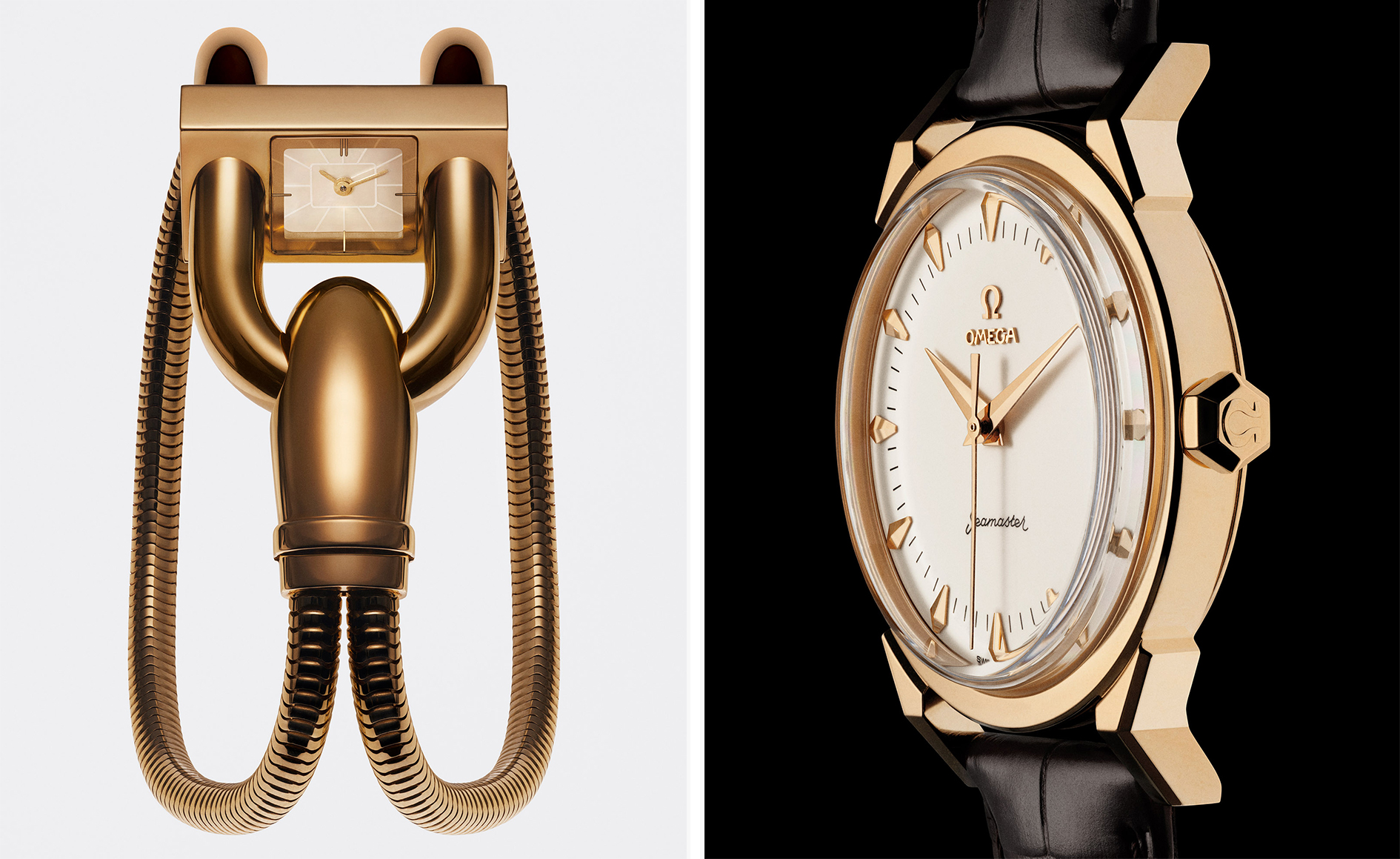 A stripped-back elegance defines these timeless watch designs
A stripped-back elegance defines these timeless watch designsWatches from Cartier, Van Cleef & Arpels, Rolex and more speak to universal design codes
By Hannah Silver
-
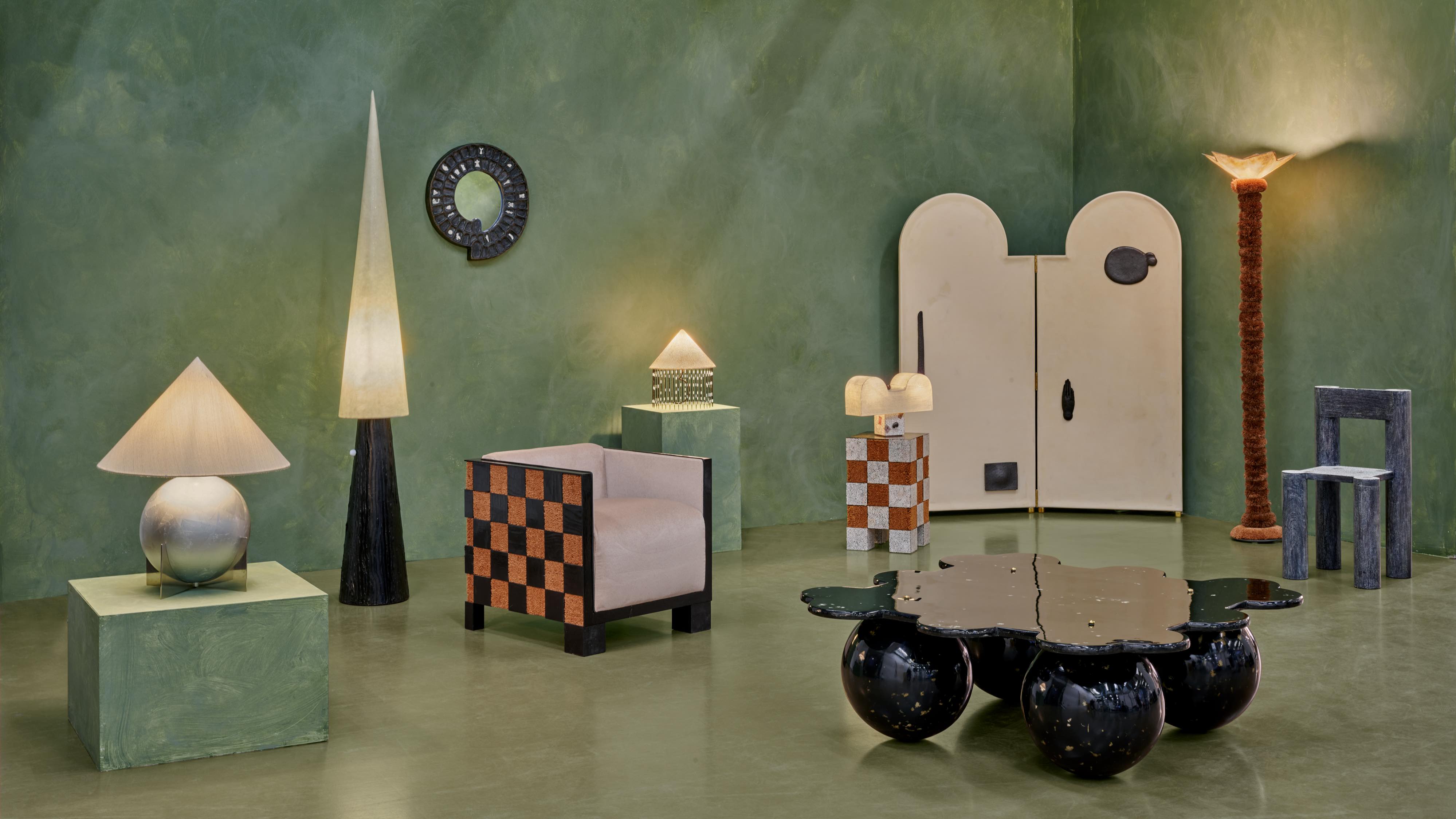 Postcard from Brussels: a maverick design scene has taken root in the Belgian capital
Postcard from Brussels: a maverick design scene has taken root in the Belgian capitalBrussels has emerged as one of the best places for creatives to live, operate and even sell. Wallpaper* paid a visit during the annual Collectible fair to see how it's coming into its own
By Adrian Madlener
-
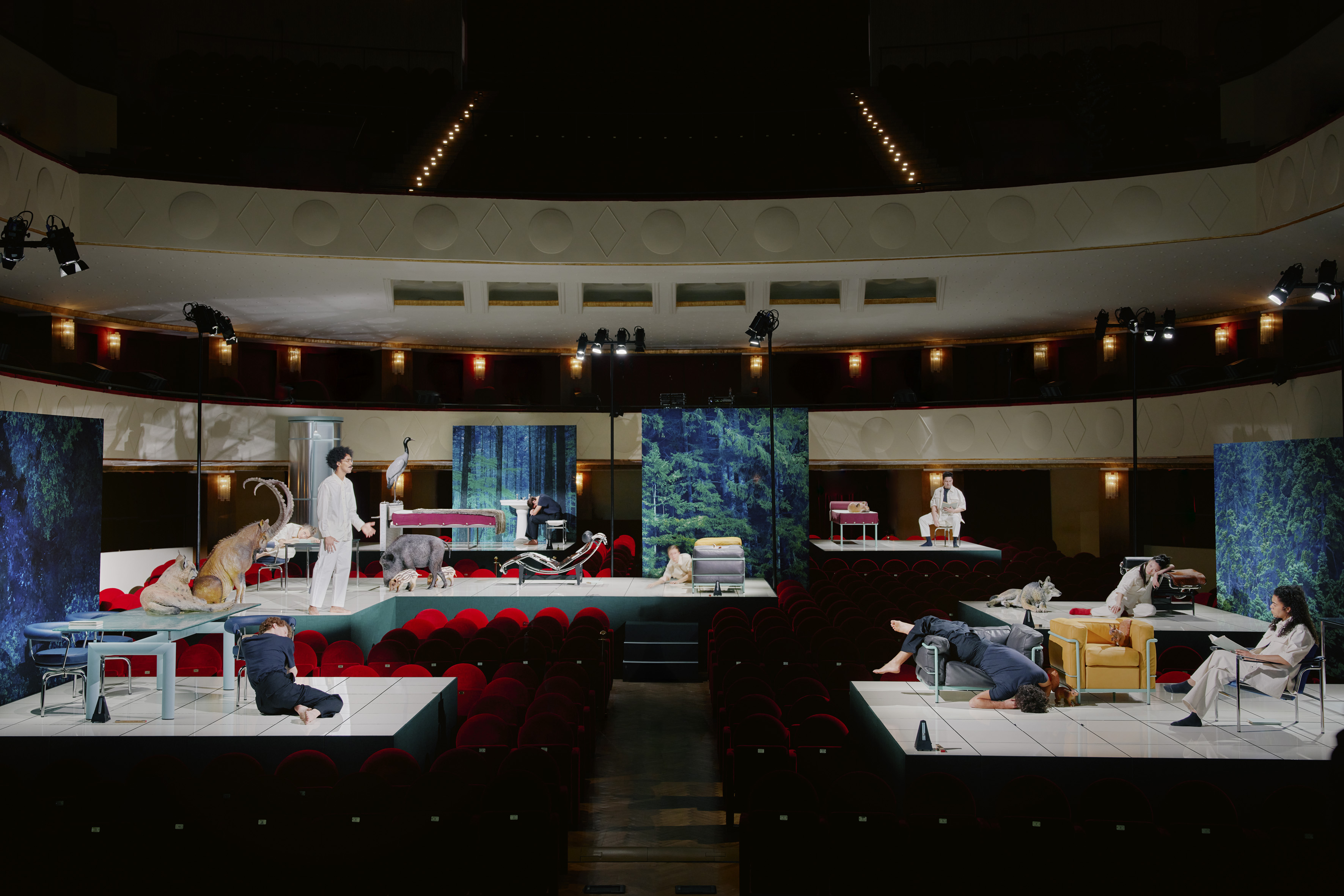 Move over, palazzos. Performances were the biggest trend at Milan Design Week
Move over, palazzos. Performances were the biggest trend at Milan Design WeekThis year, brands brought on the drama via immersive installations across the city
By Dan Howarth
-
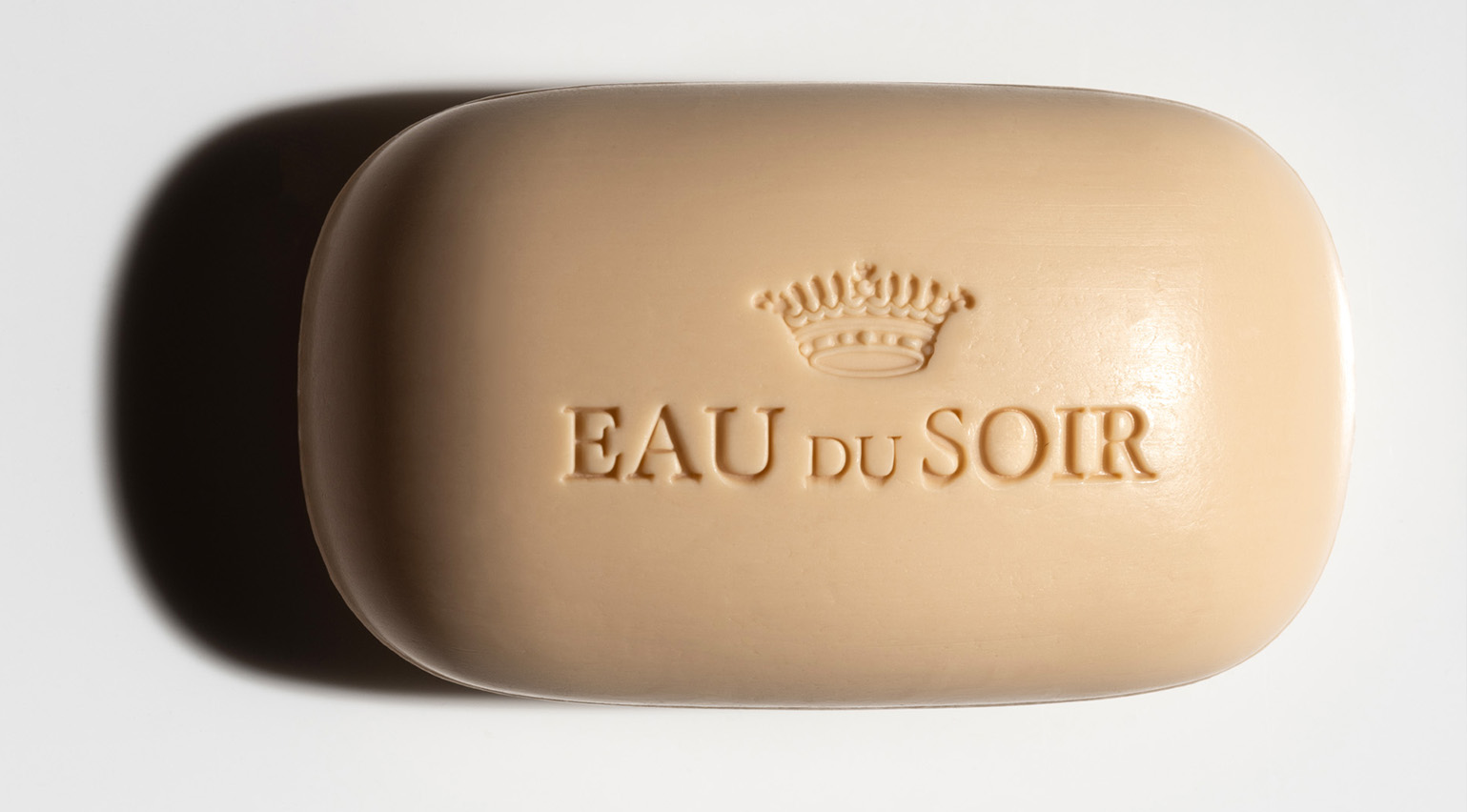 Unboxing beauty products from 2024, as seen on the pages of Wallpaper*
Unboxing beauty products from 2024, as seen on the pages of Wallpaper*Wallpaper's 2024 beauty picks included Chanel lipstick, Bottega Veneta perfume and solid soap from the likes of Aesop, Celine, Diptyque, Hermès and Sisley
By Hannah Tindle
-
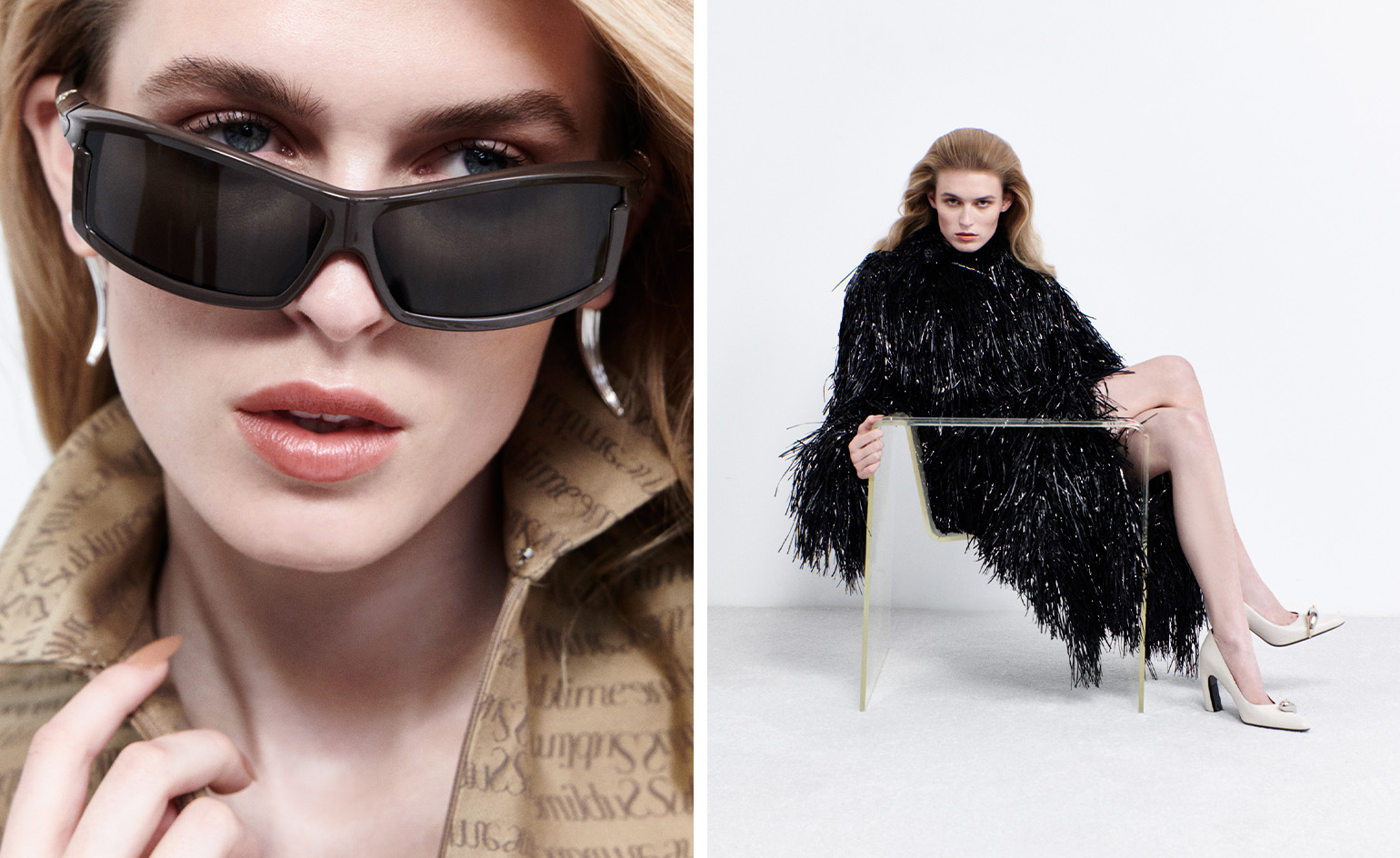 These illuminating fashion interviews tell the story of style in 2024
These illuminating fashion interviews tell the story of style in 2024Selected by fashion features editor Jack Moss from the pages of Wallpaper*, these interviews tell the stories behind the designers who have shaped 2024 – from Kim Jones to Tory Burch, Willy Chavarria to Martine Rose
By Jack Moss
-
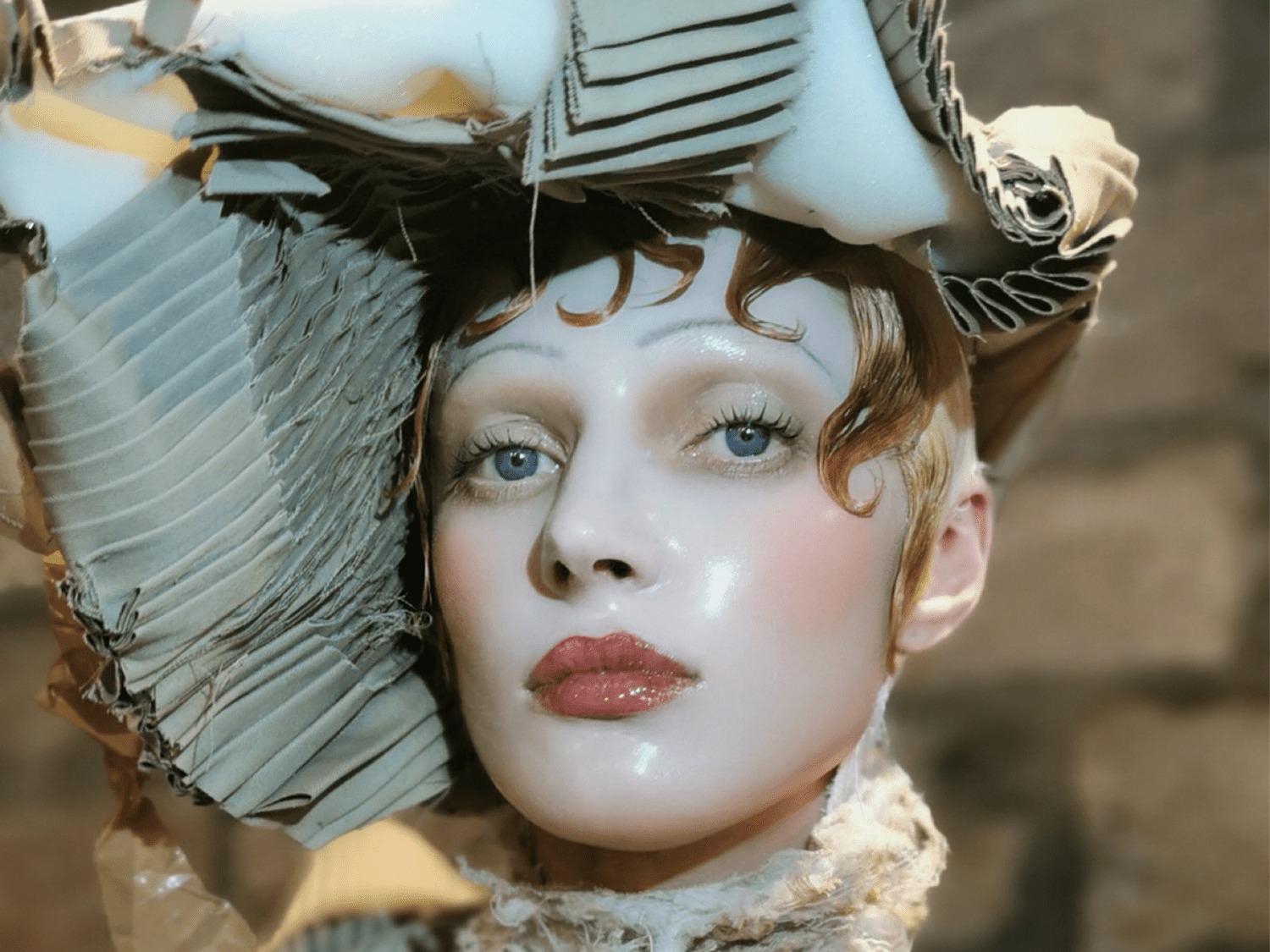 How 2024 brought beauty and fashion closer than ever before
How 2024 brought beauty and fashion closer than ever before2024 was a year when beauty and fashion got closer than ever before, with runway moments, collaborations and key launches setting the scene for 2025 and beyond
By Mahoro Seward
-
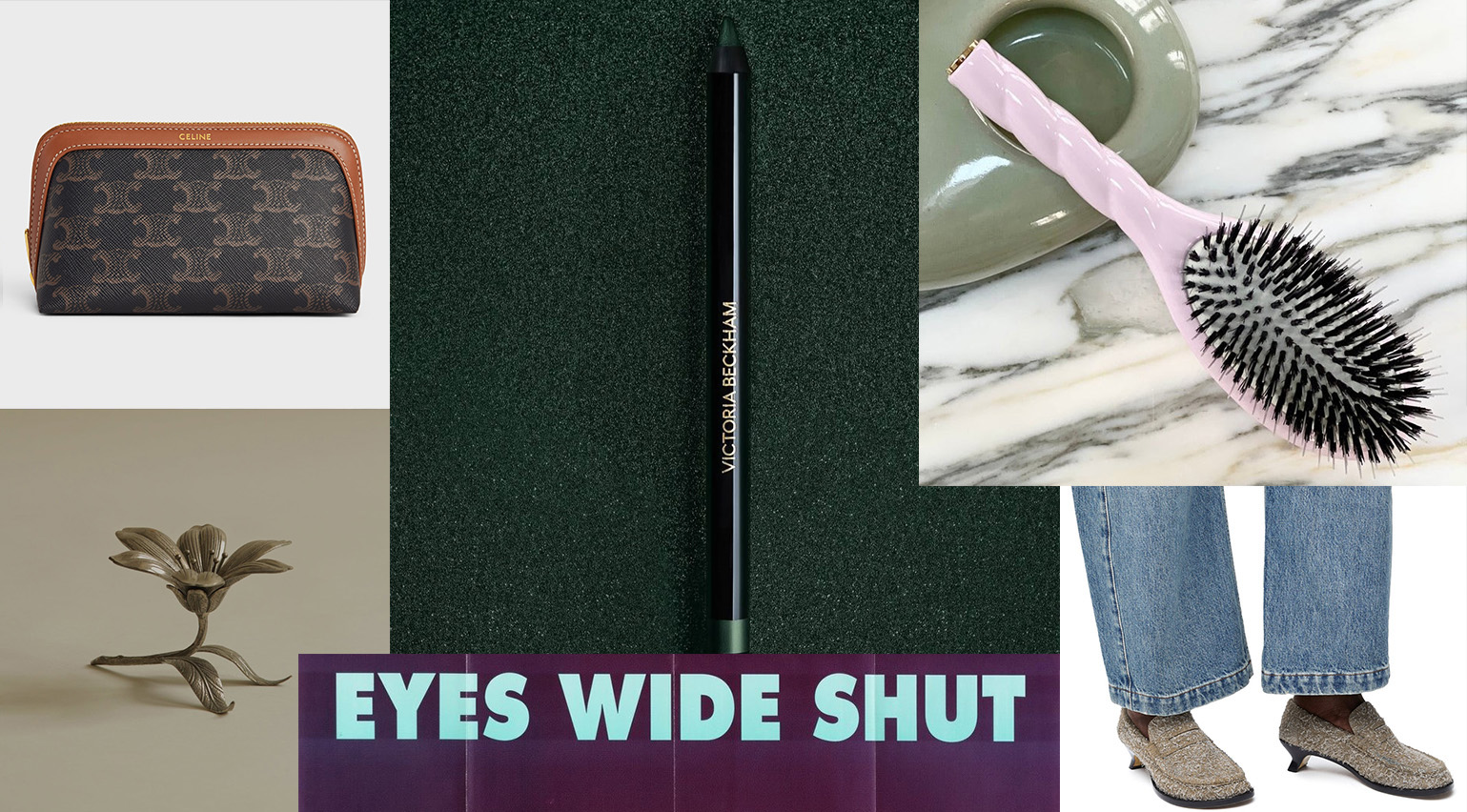 Wallpaper* beauty editor Hannah Tindle’s eclectic gift guide
Wallpaper* beauty editor Hannah Tindle’s eclectic gift guideWallpaper* beauty editor Hannah Tindle ideas for festive gifting include a scalp-stimulating hairbrush, a mid-century ‘party’ ashtray and an archival poster for Stanley Kubrick’s Eyes Wide Shut
By Hannah Tindle
-
 Hermès Beauty’s eye and lip pencils invite playfulness with colour and texture
Hermès Beauty’s eye and lip pencils invite playfulness with colour and textureHermès Beauty’s creative director Gregoris Pyrpylis has added to the ‘Trait d’Hermès’ collection with a set of eye and lip liners in kaleidoscopic colours. Here, he speaks to Wallpaper* about their playful design
By Hannah Tindle
-
 Hedi Slimane’s latest Celine collection is an homage to the leading ladies of 1960s France: watch the film
Hedi Slimane’s latest Celine collection is an homage to the leading ladies of 1960s France: watch the filmInspired by listening to The Velvet Underground and Nico while re-reading Françoise Sagan, Hedi Slimane pays ode to legendary French it-girls like Sagan, Françoise Hardy and Juliette Gréco with a collection rooted in the liberatory spirit of the 1960s
By Jack Moss
-
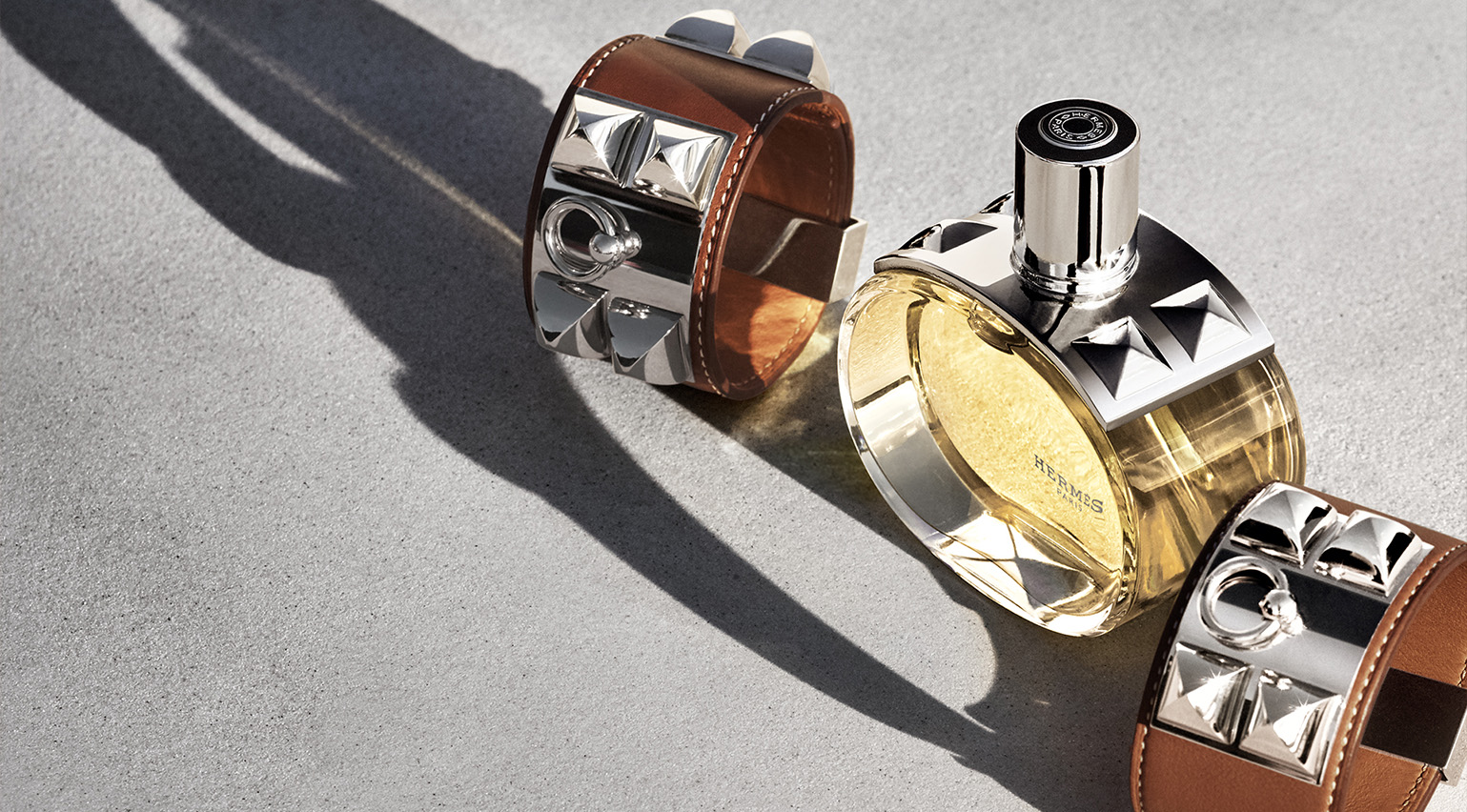 The story behind Hermès’ ‘Barénia’, a perfume that took nearly ten years to make
The story behind Hermès’ ‘Barénia’, a perfume that took nearly ten years to makeHermès’ ‘Barénia’ is the house’s first-ever chypre fragrance. Christine Nagel tells Wallpaper* why it was almost ten years in the making
By Hannah Tindle
-
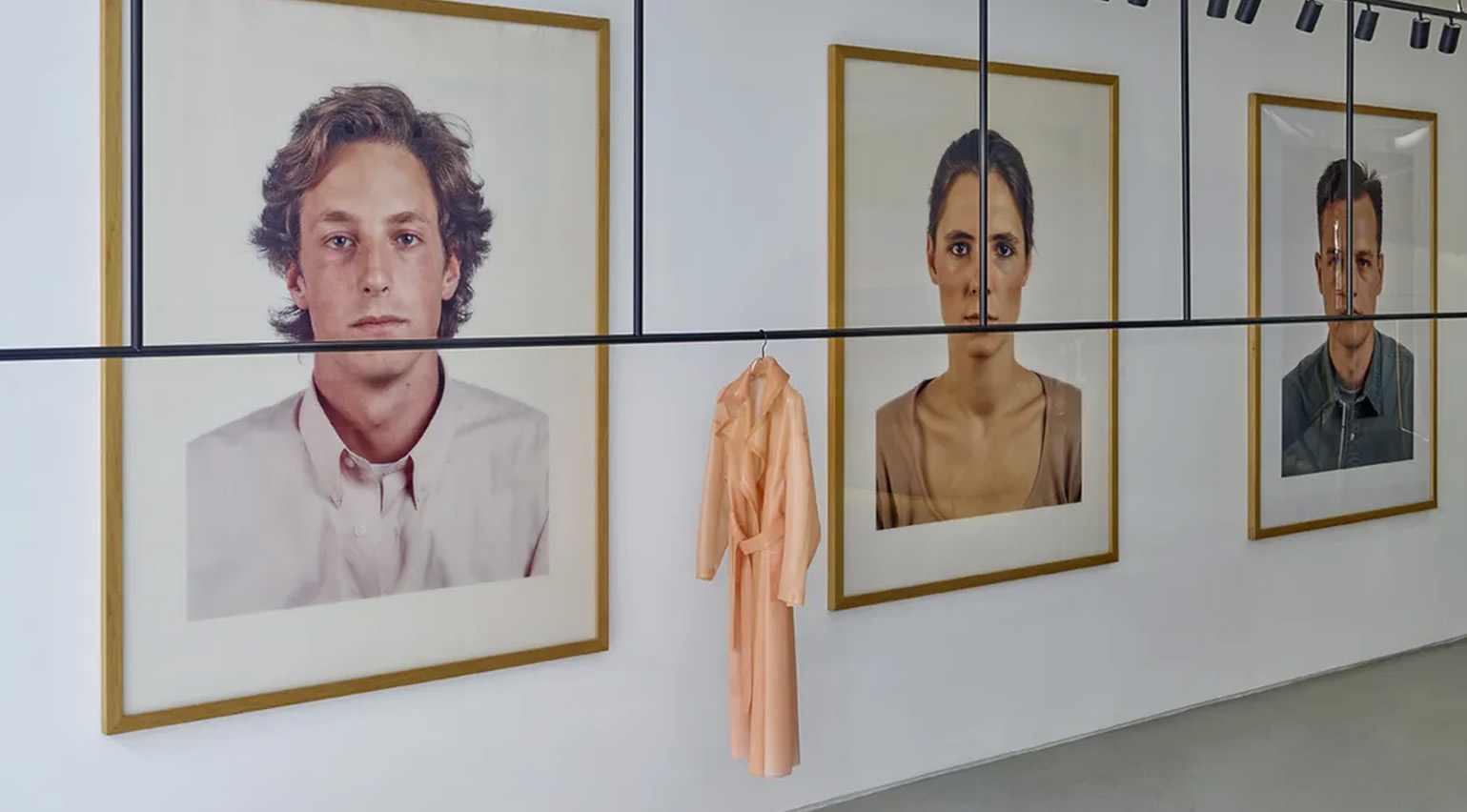 A guide to the best fashion stores London has to offer
A guide to the best fashion stores London has to offerWallpaper* picks the must-visit London fashion stores – from big-name boutiques and classic department stores to the best in vintage, alongside the sleek and experimental
By Jack Moss